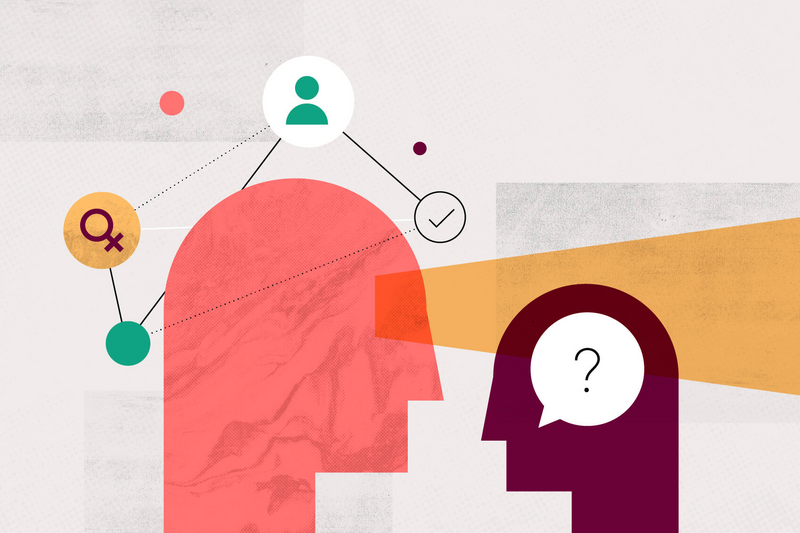How do you know if you’ve found the perfect person for a job? Is it their skills? Education? Experience? No doubt, you probably have a vision of what the ideal candidate looks like. But what if we told you to disregard that vision completely?
Many of us can unwittingly make judgments about another person and their ability (or perceived lack of) to do a job; this is known as unconscious bias. Harvard Business School Professor Francesca Gino explains that these can cause us to “make decisions in favour of one person or group to the detriment of others. This stifles diversity, recruiting, promotion, and retention efforts.”
While we may have the best intentions, the very essence of unconscious bias is that we often aren’t aware we’re doing it; it’s in our nature. We’re hard-wired to quickly assess other people through visual, verbal and behavioural cues; it’s an evolutionary survival skill that has helped us to determine whether someone is a friend or foe over millennia.
Have you ever had a male and female candidate with the same skills and experience but just felt the male would do a better job?
Have you read an applicant’s CV, saw they were interested in a particular hobby, and assumed they wouldn’t fit in with the workplace culture?
Has there been an instance where someone with a disability applied for a job, but you felt they might not be able to keep up, even though they are medically approved?
Have you thought a candidate may not be suitable for a position because they were too young, despite having considerable experience and great trainability?
These are all examples of unconscious bias. Essentially, it means making assumptions about someone’s capability based on age, gender, gender identity, physical appearance and abilities, religion and sexual orientation. Even characteristics such as dress, accent and CV information like activities and hobbies can be subject to implicit bias.
Before you even begin your recruiting journey, it’s essential to first recognise what unconscious bias looks like and accept that we all have it. HR expert Christina Pavalou shares that “our minds make decisions intuitively before we’re aware of it. Nobody is immune to implicit bias.”
Harvard Business Review correspondent and Financial Times writer Rebecca Knight notes in her article on bias in the hiring process that “managers have to learn to de-bias their practices and procedures.” So, here are our top tips for avoiding unconscious bias throughout the recruitment process:
1. Looking For Candidates
Is the language in your job description gender-neutral? Are there any discriminatory aspects to it? Be sure to examine the language to determine whether it is genuinely essential for the position. Why not make your call for applications to explicitly invite diverse communities to apply?
2. Assessing Resumes
We recommend a process called ‘blindfolding’ when reviewing resumes. This involves removing the demographic information such as name, date of birth and gender, leaving only the applicant’s relevant skills, experience and qualifications. This helps to avoid discrimination based on culture, age and gender and also means you’re more likely to get a good variety of candidates that bring a range of life experiences, unique perspectives and approaches.
3. Interviewing Applicants
Professional hiring managers should lead the hiring drive rather than simply facilitating the process. Also, hiring in teams can help avoid unconscious bias, particularly if you don’t have the same affinity bias as your colleagues. This happens when we regard a candidate more positively because they are like us.
Throughout the interview process, it is also important to ask the same questions to all candidates so that every person receives fair treatment. Without structure, interviews can meander off track, and recruiters may unconsciously lean on cognitive behaviour such as confirmation bias to evaluate candidates. This type of bias occurs when we rely too heavily on the first impression of someone – either positive or negative. Aim to have a hiring environment that is consistent and the same for all applicants.
If you or your business would like support with creating a recruiting plan that is equitable for all, contact us today and see how we can set up your hiring personnel for success. Call 02 8004 9350 today.


